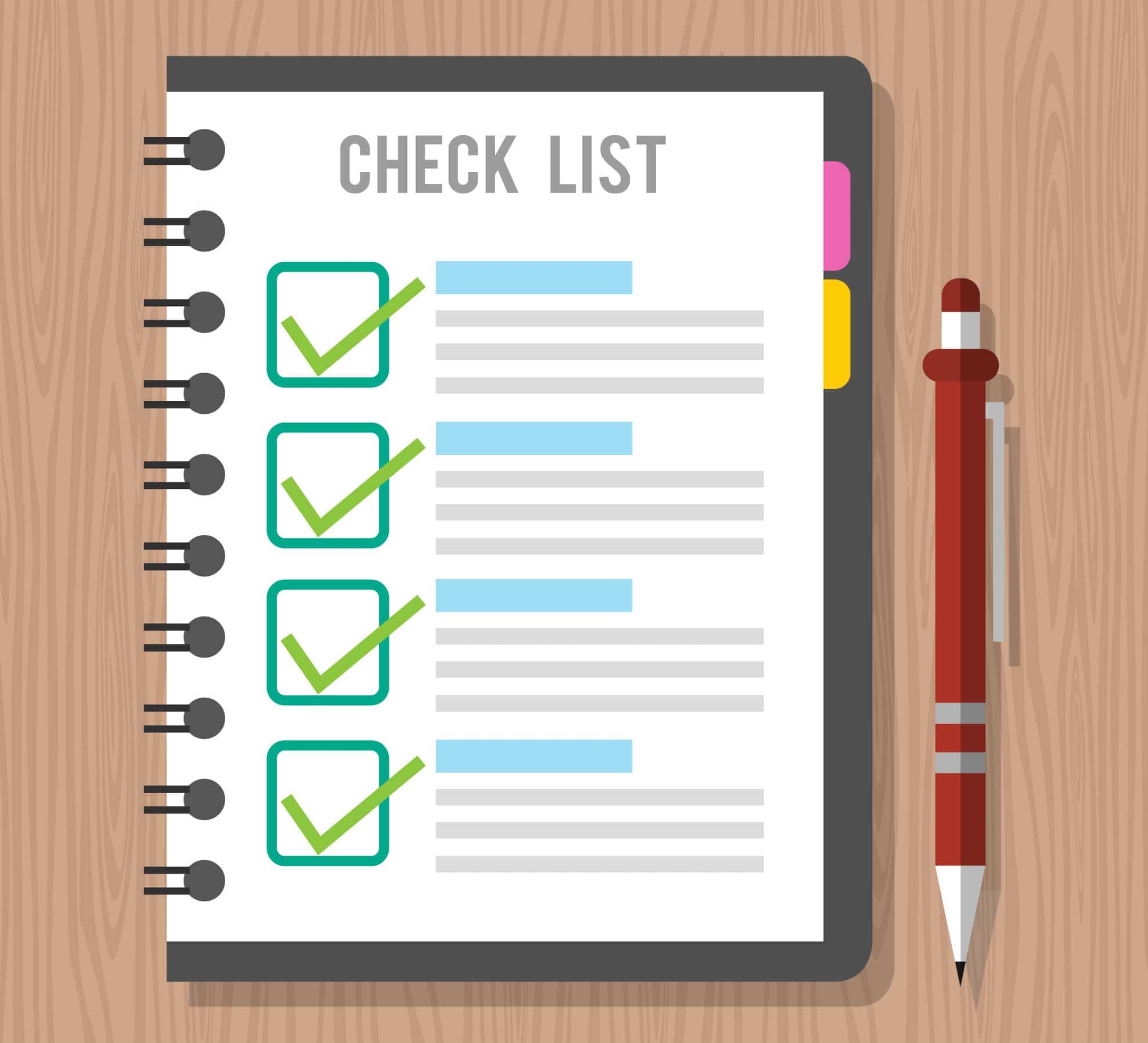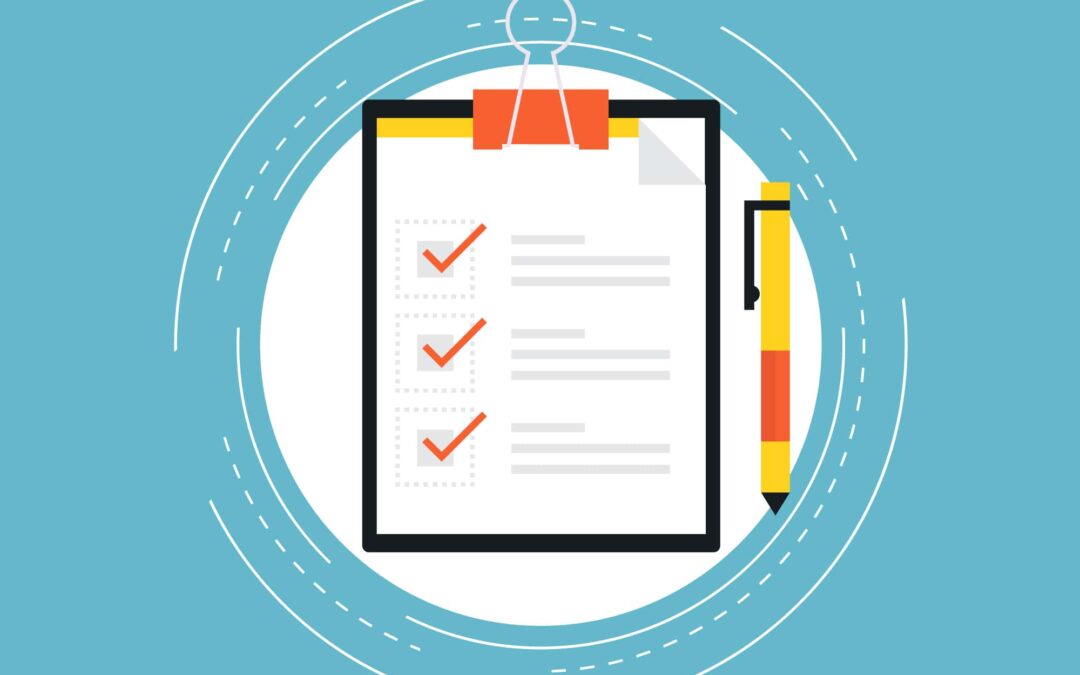What is GMP?
GMP, or Good Manufacturing Practice, refers to the regulations set forth by regulatory agencies such as the FDA (in the United States) for the control and management of the manufacturing and quality control of food, pharmaceutical, and medical devices. The goal of GMP is to ensure that products are consistently produced and controlled to a high quality standard.
What is a GMP audit?
A GMP (Good Manufacturing Practices) audit is a comprehensive assessment of a pharmaceutical, medical device, or food manufacturing facility to ensure that it is in compliance with GMP regulations. The audit covers all aspects of production and quality control, from raw material procurement to product packaging and storage.
It is performed by a qualified third-party auditor or by regulatory agencies, such as the FDA in the United States. The objective of a GMP audit is to identify any deviations from the regulatory requirements and to verify that the facility is operating in a manner that consistently produces high-quality products.
A successful GMP audit can help a facility maintain its regulatory compliance and improve its reputation, while a poor audit result can result in product recalls, fines, or even closure of the facility.
Why is GMP Audit Important?
A GMP audit is an important tool for ensuring that your operations are in compliance with GMP standards. It helps to identify areas where improvements can be made, and provides a means of verifying that your operations are in compliance with the relevant regulatory requirements. A GMP audit also provides assurance to customers and regulatory authorities that your operations are following the appropriate standards and procedures.
In conclusion, conducting a GMP audit is essential for ensuring the quality and safety of pharmaceutical products. This GMP audit checklist for the pharmaceutical industry provides a comprehensive guide to help you ensure that your operations are in compliance with GMP standards. Regularly conducting GMP audits will help you to maintain and improve the quality of your operations, and provide confidence to your customers and regulatory authorities. Find 9 Ways to Boost Quality, Productivity in Pharma Manufacturing
What is the objective of GMP Audit?
The objective of a GMP (Good Manufacturing Practice) audit is to evaluate and verify the compliance of a pharmaceutical manufacturing facility with international quality standards. The goal is to ensure that the facility operates in a manner that consistently produces safe, effective, and high-quality products.
The GMP audit assesses all aspects of the manufacturing process, including facility design, personnel qualifications, equipment maintenance, record keeping, product handling and storage, and the overall quality control system.
The audit helps to identify areas for improvement and provides recommendations to enhance the quality of the products being manufactured. Ultimately, the objective of a GMP audit is to help ensure patient safety and to promote public confidence in the pharmaceutical industry.

What is the golden rule of GMP?
The golden rule of GMP (Good Manufacturing Practice) is to ensure that every step in the manufacturing process of a pharmaceutical product is performed with the goal of producing a safe and effective product. This means following strict guidelines for facility design and maintenance, personnel training, equipment and process validation, product testing, and record keeping.
The golden rule of GMP also requires continuous monitoring and improvement of the manufacturing process to ensure that the highest quality standards are being maintained. The ultimate goal of following the golden rule of GMP is to protect patients by ensuring that they receive safe and effective products and to maintain public confidence in the pharmaceutical industry.
GMP Audit Checklist for the Pharmaceutical Industry
GMP, or Good Manufacturing Practice, is a critical aspect of the pharmaceutical industry. It involves a set of standards and guidelines that ensure the quality and safety of pharmaceutical products.
A GMP audit is an essential tool for ensuring that these standards are being met. This GMP audit checklist for the pharmaceutical industry is designed to help you ensure that your operations are in compliance with GMP standards.
Quality Management System (QMS)
- Is the QMS documented and regularly reviewed and updated?
- Are SOPs in place for all critical processes, including production, quality control, and laboratory operations?
- Are there proper procedures in place for handling deviations, complaints, and non-conformances?
Personnel
- Are personnel trained in GMP and their specific job responsibilities?
- Are personnel following proper hygiene practices, including hand washing and wearing protective clothing?
Facilities and Equipment
- Are facilities and equipment designed, constructed, and maintained in accordance with GMP requirements?
- Is there proper maintenance and cleaning of equipment, including documentation of maintenance and cleaning activities?
- Is there proper storage and control of raw materials, intermediates, and finished products?
Documentation
- Are batch production records accurate and complete?
- Are there proper procedures in place for documentation control, including documentation of changes to documentation?
- Are there proper procedures for archiving records?
Production
- Are there proper procedures in place for the production of pharmaceutical products, including the use of raw materials, intermediates, and finished products?
- Are there proper procedures in place for in-process control, including monitoring and control of critical process parameters?
- Are there proper procedures for the release of finished products, including testing and release criteria?
Quality Control
- Are there proper procedures in place for quality control, including testing and release criteria?
- Is there a system in place for the review and approval of test results?
Laboratory Operations
- Are laboratory operations performed in accordance with GMP requirements?
- Are there proper procedures in place for the control of laboratory operations, including calibration and maintenance of equipment, and the control of reference standards and reagents?
Complaints and Product Recalls
- Are there proper procedures in place for handling complaints and product recalls?
- Are there procedures in place for the investigation and follow-up of complaints and product recalls?
How do prepare for a GMP audit?
Preparing for a GMP (Good Manufacturing Practice) audit involves taking steps to ensure that the facility, personnel, processes, and documentation meet the required standards and regulations. Here are some steps to help prepare for a GMP audit:
Review the GMP Regulations: Familiarize yourself with the GMP regulations and guidelines that apply to your facility and the products you manufacture.
Assess Current Status: Conduct a self-assessment of your facility and processes to identify any areas that may not meet GMP requirements.
Update Documentation: Review and update your documentation, including standard operating procedures, training records, and quality control records, to ensure that they meet GMP requirements.
Train Personnel: Ensure that all personnel are trained on the GMP regulations and requirements and that they understand their roles and responsibilities in maintaining GMP compliance.
Perform a Dry Run: Conduct a mock GMP audit to identify any areas that need improvement and to ensure that all personnel are prepared for the actual audit.
Clean and Organize: Clean and organize the facility, including the storage and handling areas for raw materials and finished products, to ensure that they meet GMP requirements.
Prepare for the Audit: Review the audit schedule and ensure that all necessary personnel and documentation will be available during the audit.
By preparing for a GMP audit, you can help ensure that the audit goes smoothly and that your facility and processes are in compliance with the required standards and regulations. This will help to protect the safety and quality of your products and to maintain public confidence in the pharmaceutical industry.
What are the basic requirements of GMP?
GMP (Good Manufacturing Practice) is a set of guidelines and regulations that are designed to ensure the quality and safety of pharmaceutical products. The basic requirements of GMP include:
Facilities and Equipment: The design, construction, and maintenance of the manufacturing facility and equipment must meet the highest standards of cleanliness, hygiene, and functionality.
Personnel: Personnel must be trained and qualified to perform their tasks and to follow GMP procedures.
Documentation and Record Keeping: Detailed records must be kept for all aspects of the manufacturing process, including raw materials, finished products, and equipment maintenance.
Validation: Processes and equipment must be validated to ensure that they are capable of consistently producing products that meet the required specifications.
Testing: Raw materials, in-process materials, and finished products must be tested to ensure that they meet the required specifications.
Control of Non-Conforming Materials: Procedures must be in place to control and dispose of non-conforming materials.
Change Control: Changes to the manufacturing process or product specifications must be evaluated and approved before implementation.
Continuous Improvement: The GMP system must be continuously reviewed and improved to ensure that the highest quality standards are being met.
These basic requirements of GMP help to ensure that every step in the manufacturing process is performed with the goal of producing safe and effective products, and to maintain public confidence in the pharmaceutical industry.

How many types of GMP are there?
There are two main types of GMP (Good Manufacturing Practice) regulations:
EU GMP:
This type of GMP is enforced by the European Medicines Agency (EMA) and applies to the manufacture and distribution of human and veterinary medicines within the European Union (EU).
FDA GMP:
This type of GMP is enforced by the US Food and Drug Administration (FDA) and applies to the manufacture and distribution of human and animal drugs, medical devices, and biologics in the United States.
Both EU GMP and FDA GMP are designed to ensure that pharmaceutical products are manufactured, packaged, labeled, and stored under controlled conditions and that the quality of these products is consistent and meets the required standards.
While there are some differences between EU GMP and FDA GMP, the overall objective is the same: to ensure the safety and quality of pharmaceutical products and to maintain public confidence in the pharmaceutical industry.
Also read: 9 Ways to Boost Quality, Productivity in Pharma Manufacturing
Conclusion:
a GMP audit checklist for the pharmaceutical industry is a critical tool for ensuring the production of high-quality, safe, and effective products. The objective of a GMP audit is to verify compliance with the regulations set forth by regulatory agencies, such as the FDA, and to identify areas for improvement in the production and quality control processes.
A comprehensive GMP audit checklist covers all aspects of production and quality control, from raw material procurement to product packaging and storage. A successful GMP audit service can help a facility maintain its regulatory compliance, improve its reputation, and increase customer confidence in its products.
However, a poor audit result can result in product recalls, fines, or even closure of the facility. It is important for facilities in the pharmaceutical industry to regularly perform GMP audits and to continuously strive for improvements in their production and quality control processes.

Office Address
No 182, Zhaohui Road, Hangzhou 310014, China
No 139, Mayuri Nagar, Hyderabad 500049, India
Quick Services

